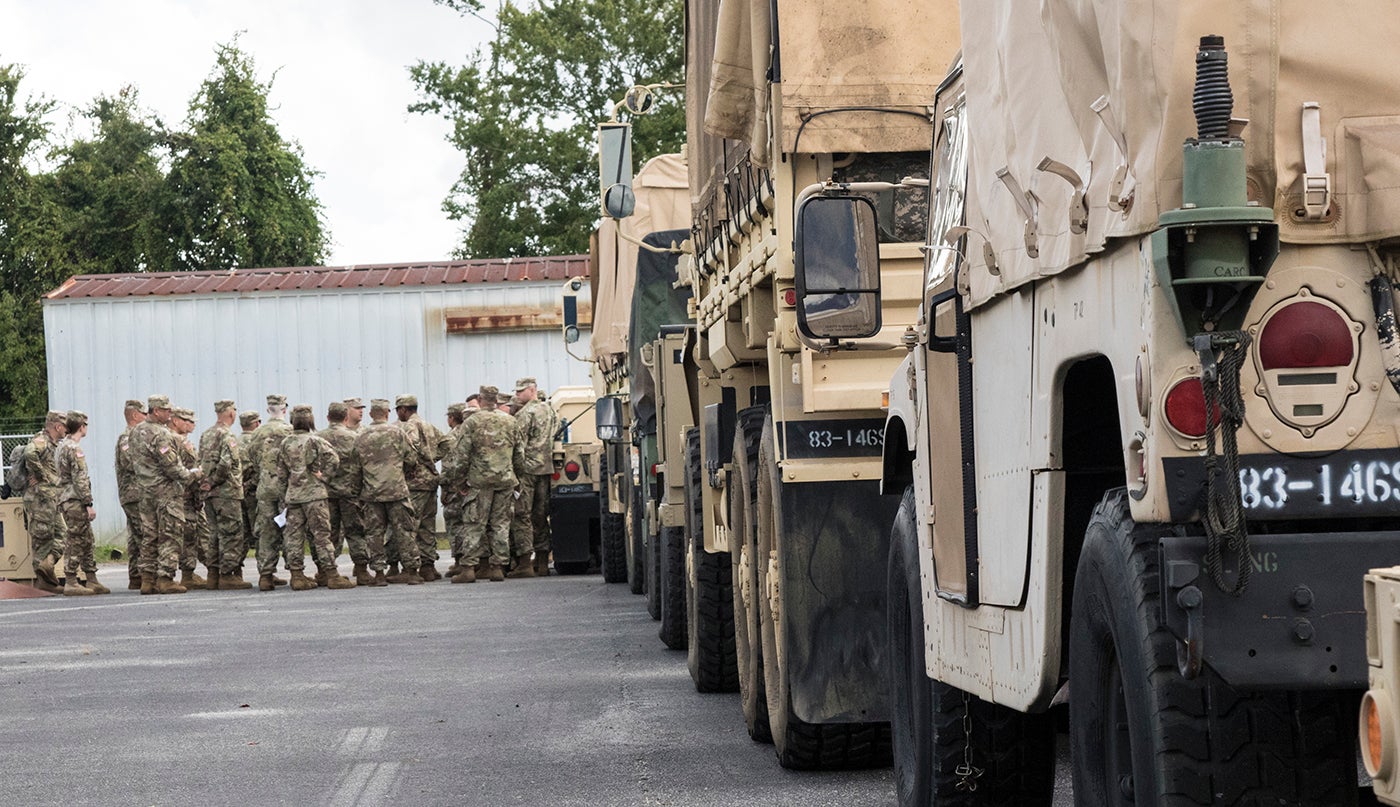Reserve Component Employment in Strategic Competition
Reserve Component Employment in Strategic Competition

America’s adversaries are engaged in long-term strategic competition with the United States that is characterized by vague and ambiguous threats and complicated decisions. However, our procedures for using reserve components require clear and unambiguous decisions. This would not be a problem if we needed our reserve component forces only for armed conflict, but that is not the case. The military puts into its reserve components critical capabilities for competing below the threshold of armed conflict and for preparing for conflict. These include headquarters augmentation units, homeland defense capabilities, transportation assets, critical enablers, mobilization capabilities and information and civil affairs forces. This paper argues that the United States cannot effectively employ its reserve components to compete below the threshold of armed conflict because of its inflexible processes for contingency mobilization and limited authorities for combatant commanders to use assigned reserve component forces.
To make the case, this paper looks at the challenges of today’s competitive environment and how they affect reserve component usage; discusses the types of reserve component capabilities useful in this competition through the lens of the 2018 National Defense Strategy (NDS); and shows how current joint planning limits the options available for use of the reserve components. This paper concludes with two recommendations to better employ reserve component forces for competition below the level of armed conflict—first, planning limited mobilizations as a flexible deterrent option and, second, using allocated and assigned reserve component forces in the contact layer to expand the competition.

